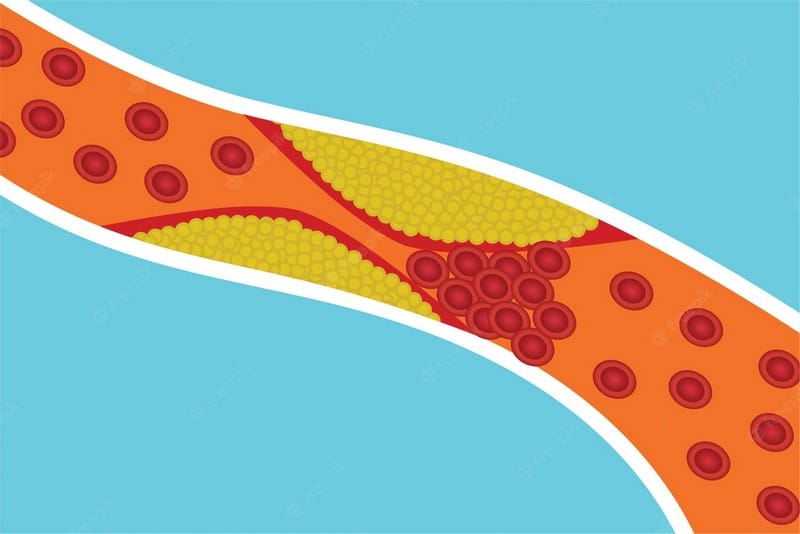Budd-Chiari Syndrome

Budd-Chiari syndrome is a condition that involves blockage of the hepatic veins. These veins are responsible for carrying blood from the liver back to the heart. When they become blocked, blood flow to the liver is impaired and the liver cannot function properly.
Budd-Chiari syndrome is often caused by a blood clot in one or more of the hepatic veins. This clot can block blood flow and cause a backup of blood in the liver. The backup of blood can cause the liver to become enlarged and congested. The most common symptom of Budd-Chiari syndrome is pain in the abdomen or right upper quadrant of the abdomen. This pain is caused by the buildup of pressure in the veins around the liver. Budd-Chiari syndrome can lead to a wide range of symptoms, including fatigue, pain in the right shoulder, difficulty breathing, and more.
There are several treatment options available for Budd-Chiari syndrome. Treatment depends on the underlying cause of the condition and the severity of symptoms. In some cases, treatment may involve taking medications to dissolve the blood clot. In other cases, surgery may be necessary to remove the clot. In severe cases, a liver transplant may be necessary.










